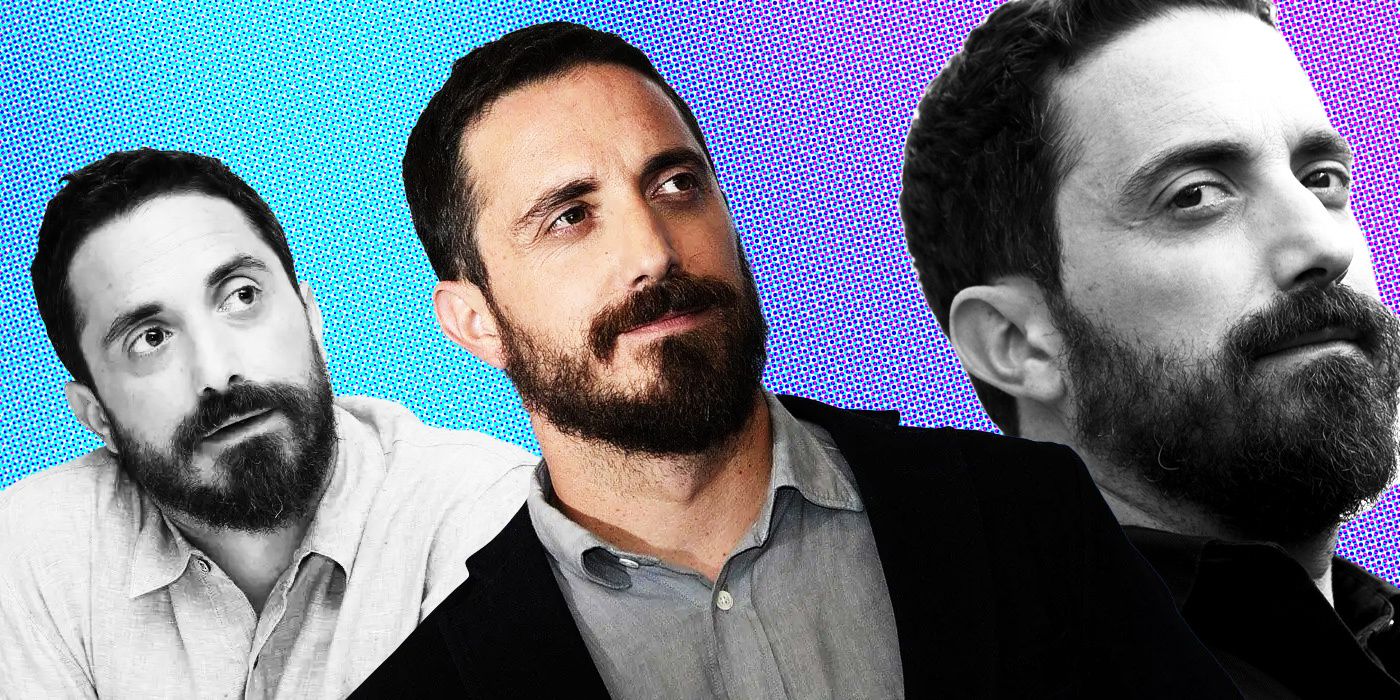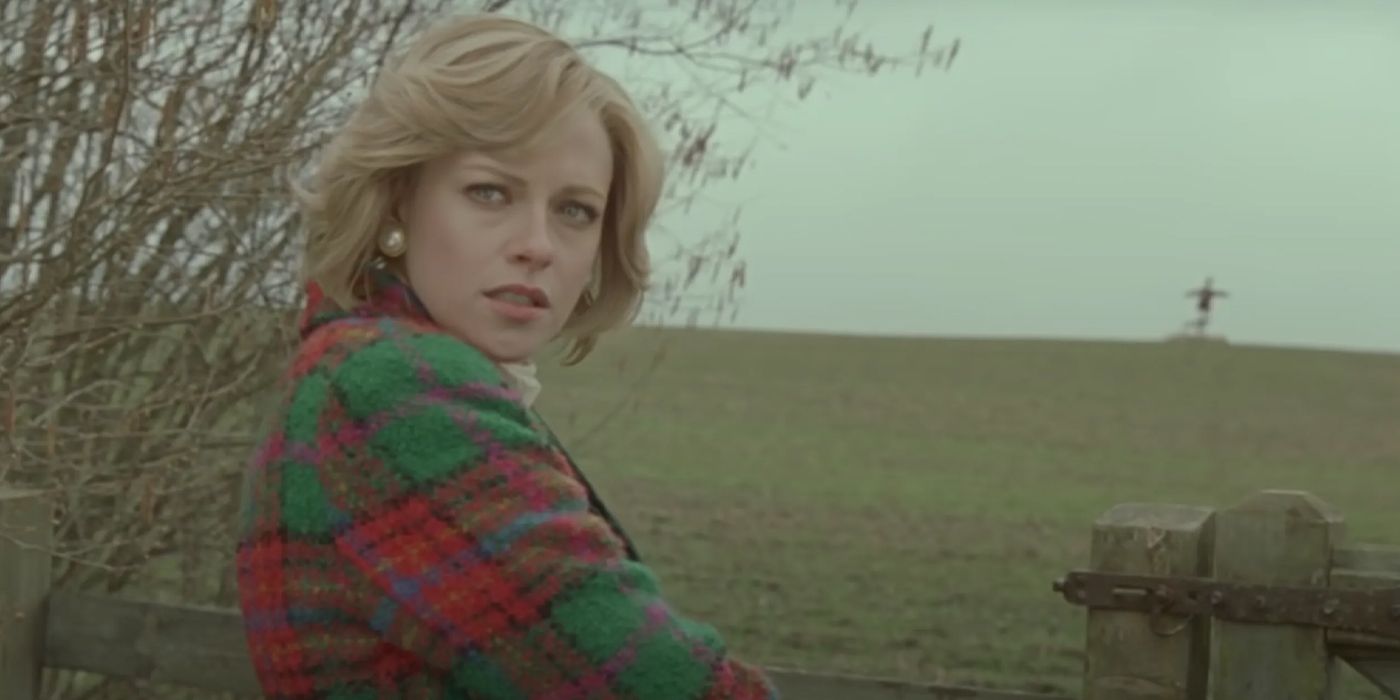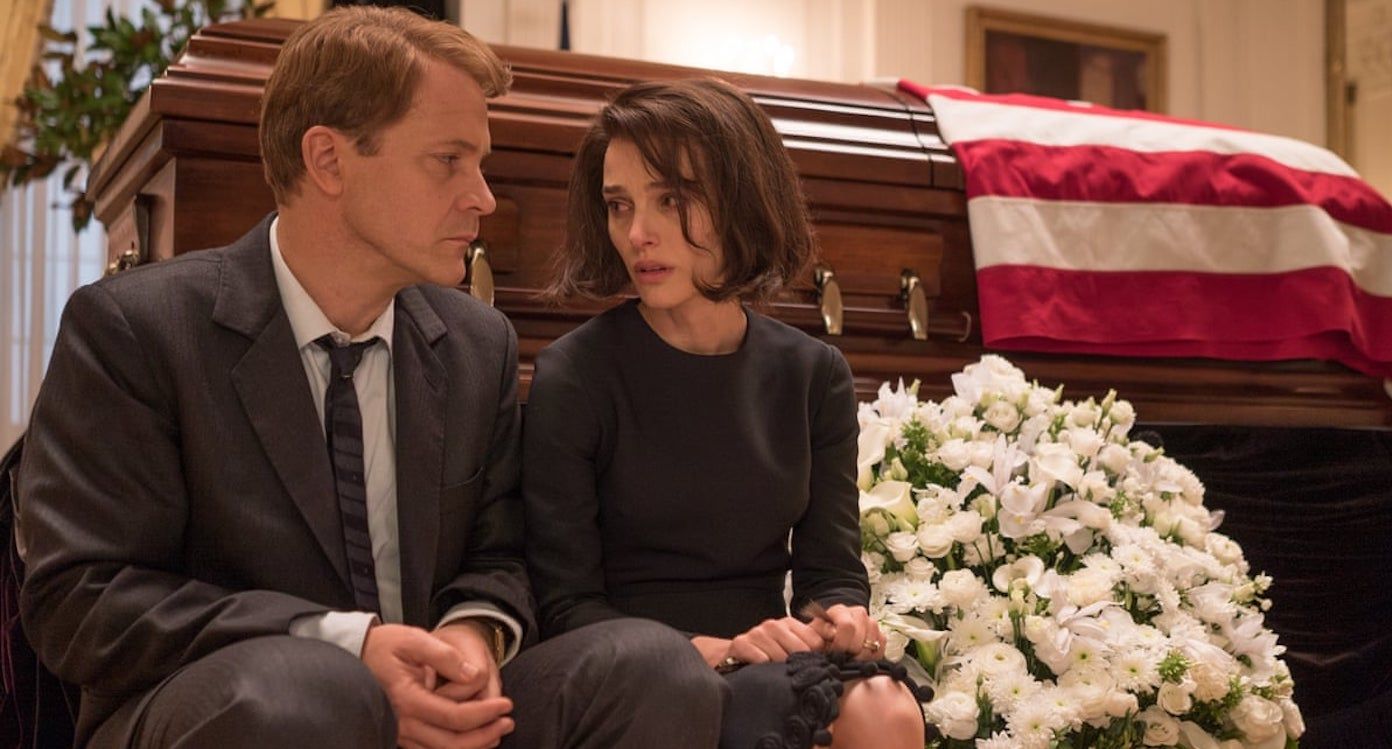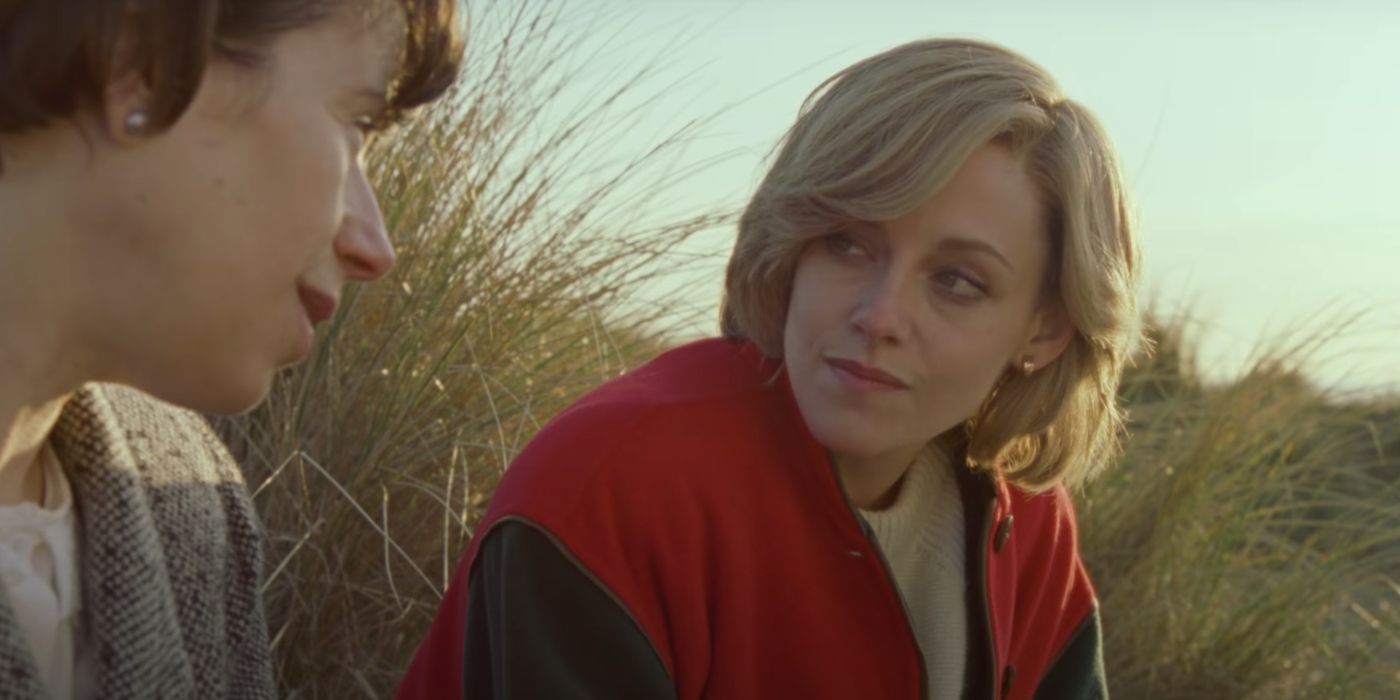Pablo Larraín (Jackie and Spencer) is now known for his revitalizing approach to the biopic. Rather than relying on cliches or making a movie that spans the entire life of a public figure, Larraín's approach is to zero in on an event in a person's life, resulting in thematically rich movies that explore universal human experiences through the lenses of icons. With Jackie and Spencer under his belt, Pablo Larraín has stated his intention to cap off this unintended series of biopics with one more in a similar vein, creating a trilogy. With these films, Larraín has managed to breathe new life into the biopic genre, which was becoming increasingly cliche-ridden and stale.
While the standard biopic formula follows the subject from childhood to the present, Larraín’s approach is to zoom in on a specific time of monumental change for the subject. Jackie followed Jackie Kennedy’s (Natalie Portman) account of her husband’s assassination, while Spencer took a ghost story approach to a depiction of a three-day period during which Princess Diana (Kristen Stewart) decided to end her marriage. What Larraín’s approach does is essentially take a microscope to a part of an otherwise unique and extraordinary life and show us an ordeal that inspires a universal feeling. Society has created a myth around the likes of Jackie Kennedy and Diana, elevating them beyond mere human status and giving them the legacies typically reserved for fairytales.
Larraín’s interest in real historical figures isn’t that of a historian or even a fan, but as a storyteller deeply invested in the creation of tales that illustrate very human experiences. He’s stated that his next biopic will likely be his last, capping off his unofficial trilogy before he grows tired of tackling similar projects. Jackie and Spencer are in a league of their own because, despite being stories deeply rooted in historical facts, Larraín never lets history get in the way of the story he’s telling. The priority is the state of emotional crisis that the protagonist finds themselves in, not a checklist of historical events that, while fun to pat yourself on the back for recognizing, aren’t nearly as creatively rewarding to engage with.
In many ways, Jackie and Spencer could be about anyone. Jackie isn’t about Jackie Kennedy’s experience being first lady; it’s about a woman losing her husband on a very public scale. Spencer isn’t so much about the experience of being a princess; that idea is on the fringe of the real story of a very lonely and sick woman struggling with her circumstances.
While a very, very small percentage of viewers will know what it’s like to be a first lady or a princess, a much larger percentage will be able to relate to losing someone in a sudden and shocking way, or dealing with mental illness without support from one’s family. Though the emphasis on the real historical figures themselves is, in a sense, put at a distance from the story, it’s through the use of their likeness that we, the audience, realize that human crisis is inescapable, even for those at the center of our fairy tales. Despite the parallels present in Jackie and Spencer, the approaches taken to the look and feel of each movie are quite distinct. Jackie is a melancholic and intimate look at the death and aftermath of John F. Kennedy’s assassination. Spencer is melancholic and intimate and based on a short chapter of an extremely famous woman’s life, but the similarities end there. Spencer is a ghost story, with haunting imagery and a Jonny Greenwood score to match.
Perhaps labeling Jackie and Spencer as biopics is misleading. Larraín’s movies aren’t the life story of a public figure. The opening of Spencer labels the movie as “a fable based on a true tragedy”. This approach leaves him (and audiences) free to explore these stories in a way unbeholden to things like historical accuracy, or even the idea that the true spirit of a formerly living, breathing human being can truly be portrayed by people who never knew her. The focus on the human part of the experiences of Jackie Kennedy and Diana Spencer during the most trying times of their lives is likely relevant to how absolutely stunning the performances by Natalie Portman and Kristen Stewart in these respective roles turned out to be. They’re not playing Wikipedia entries, or even abstract ideas of these iconic figures. They’re playing real people who are struggling with their circumstances, which feel immediate and visceral in a way that suggests these troubles could be had by anyone.
Larraín shows Jackie and Diana wandering through vast hallways, creating haunting imagery that emphasizes the loneliness of their situations. But where Jackie merely hinted at being a ghost story, Spencer dives right in. Stewart’s Diana spends the movie being haunted by the ghost of Anne Boleyn, with whom she shares some frightening parallels. The composers with whom Larraín collaborates for his scores elevate the feeling of intense melancholy and foreboding that the women themselves feel as they meander through empty palaces in gorgeous clothes and expensive jewelry. Other similarities include fantastic supporting casts who provide a solid backdrop to the unbelievable lead performances from Portman and Stewart.
Jackie and Diana’s solace seems to come from the one female friend each woman is shown to have (in Jackie, this role is filled by Greta Gerwig; in Spencer, it’s Sally Hawkins). It’s worth noting that Jackie and Diana spend most of their time surrounded by men and that these women, who act as their sole confidants, are employees. Of course, it’s worth mentioning Jackie’s confidence in the priest (John Hurt), with whom she shares one of the most meaningful conversations in the film. However, it’s the women in their employ that offer Jackie and Diana their most consistent friendships.
His focus on "women in heels", as he phrases it, singles out the unattainable women who are both extremely privileged but not free. His movies are more than biopics; they are the deconstructions of fairy tales. Rather than purport to know the "real" Jackie or Diana, Larraín tells human stories about the myths we've built around them.




